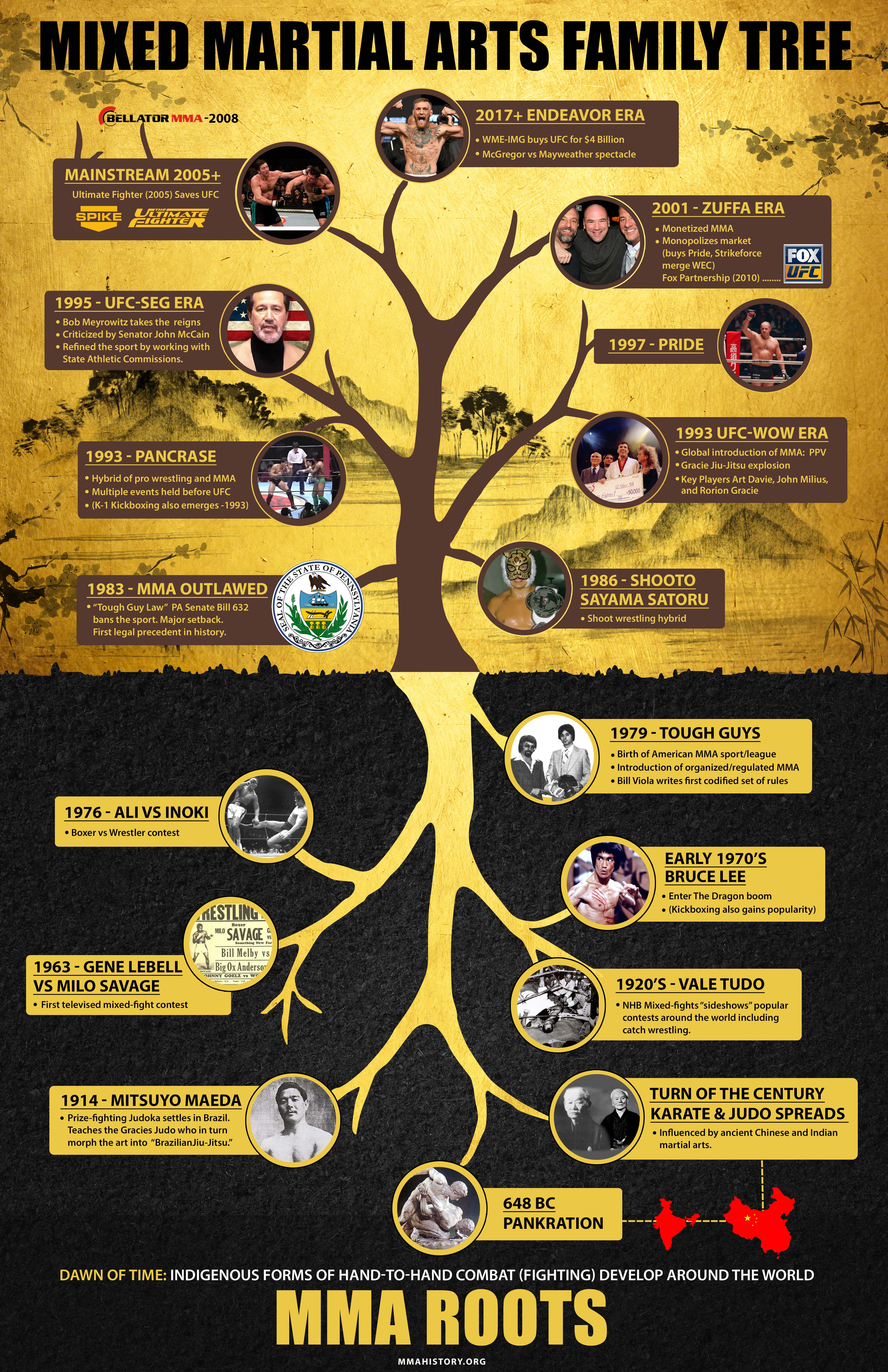Adaptability Is Important In Martial Arts Education And Learning
Adaptability Is Important In Martial Arts Education And Learning
Blog Article
Content Author-Becker Roy
Did you understand that flexibility plays a critical role in fighting styles training?
Actually, a research conducted by the International Journal of Sports Physical Therapy exposed that over 80% of martial artists battle with restricted flexibility.
However why is adaptability so vital? Well, mouse click for source enhances your performance and technique yet also decreases the threat of injuries.
So, if you're wanting to take your fighting styles skills to the next degree and remain injury-free, you'll most definitely want to keep reading.
Advantages of Adaptability in Martial Arts
Flexibility in fighting styles brings various benefits to professionals, allowing you to boost your efficiency and lower the risk of injury. By improving your flexibility, you raise your range of movement, enabling you to carry out techniques with better precision and performance.
This enhanced dexterity and fluidness in your movements can provide you a competitive edge, allowing you to react quicker and adjust to different situations throughout competing or competitors. Additionally, enhanced adaptability aids to stop injuries by improving muscle mass elasticity and joint flexibility.
It permits your body to relocate extra easily, lowering the strain on your muscular tissues and ligaments. This, in turn, decreases the chances of strains, strains, and muscular tissue pulls. By incorporating versatility training into your martial arts method, you not just enhance your performance yet additionally protect your physical health.
Techniques to Enhance Flexibility
To improve your flexibility in fighting styles, you can include different extending workouts into your training regimen.
One reliable strategy is dynamic stretching, which entails moving via a complete series of motion to warm up your muscle mass and raise adaptability. Instances consist of leg swings, arm circles, and trunk turnings.
An additional method is fixed stretching, where you hold a stretch for a continual period of time. This aids extend and unwind your muscles, boosting flexibility gradually. Typical fixed go for martial arts consist of the butterfly stretch, hamstring muscle stretch, and shoulder stretch.
Additionally, incorporating yoga or Pilates right into your training can also significantly boost your adaptability.
Bear in mind to constantly warm up before extending and listen to your body to avoid injury.
Adaptability Educating for All Skill Levels
As you progress in your fighting styles training, improving your versatility comes to be crucial for improving your general efficiency. Flexibility training isn't only advantageous for sophisticated experts but also for novices and intermediate pupils.
Despite your ability degree, integrating versatility exercises right into your training routine will help you establish a wide range of activity, stop injuries, and boost your strategy implementation.
For https://www.pahomepage.com/pa-live/sponsored-content/premier-martial-arts-packs-a-punch-on-pa-live/ , adaptability training can aid improve your type and pose, enabling you to perform activities correctly and efficiently. Intermediate specialists can utilize versatility training to further enhance their series of movement and boost their fluidity in executing complex strategies. Advanced trainees can take advantage of flexibility training by maintaining and improving their existing versatility, enabling them to perform innovative moves effortlessly.
Final thought
To conclude, embracing adaptability in your martial arts training is vital. By integrating martial arts belts to improve flexibility, you can enhance your performance and avoid injuries.
Keep in mind, 'A flexible body is a resilient body.' So, keep pressing your restrictions, extending routinely, and profit of a supple and agile physique.
